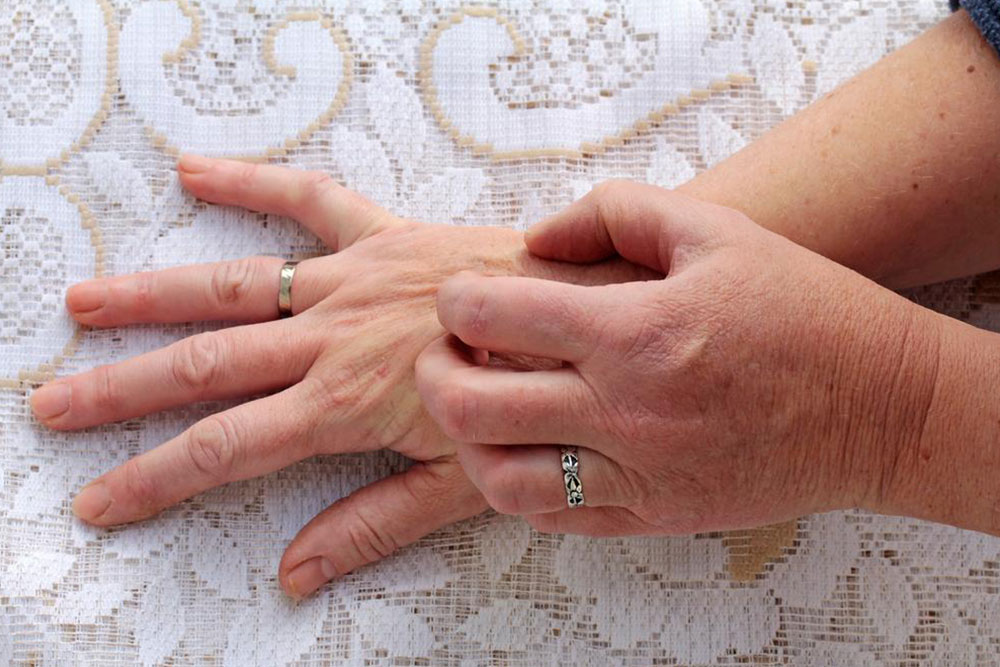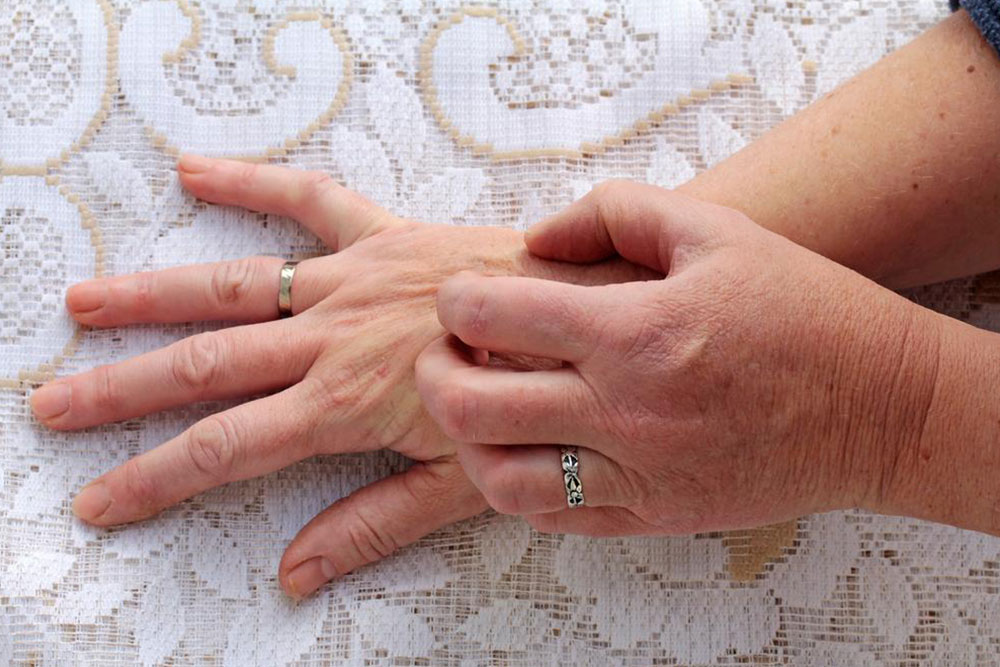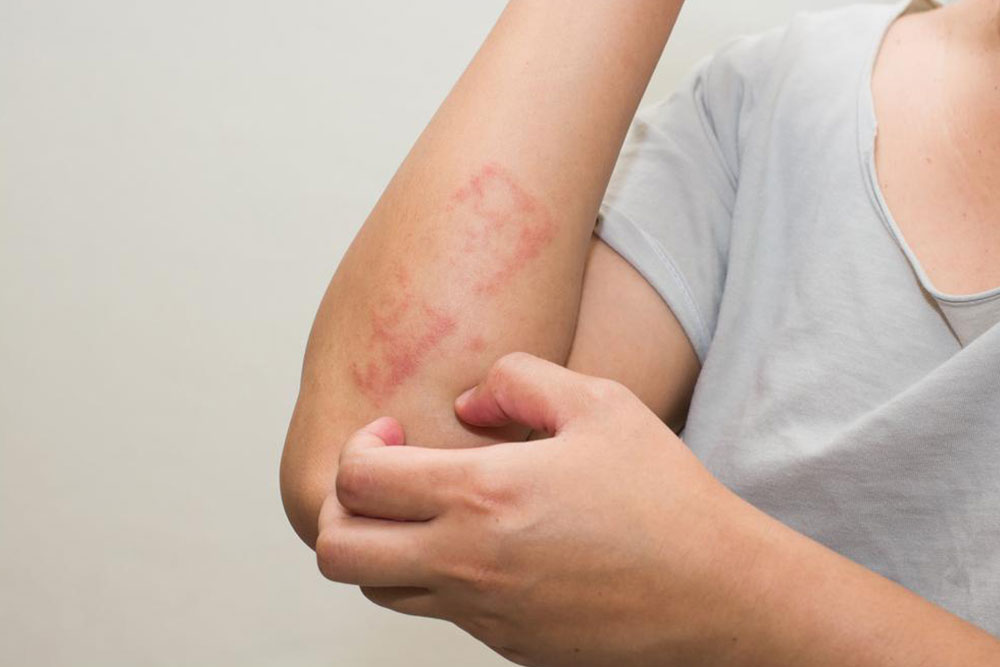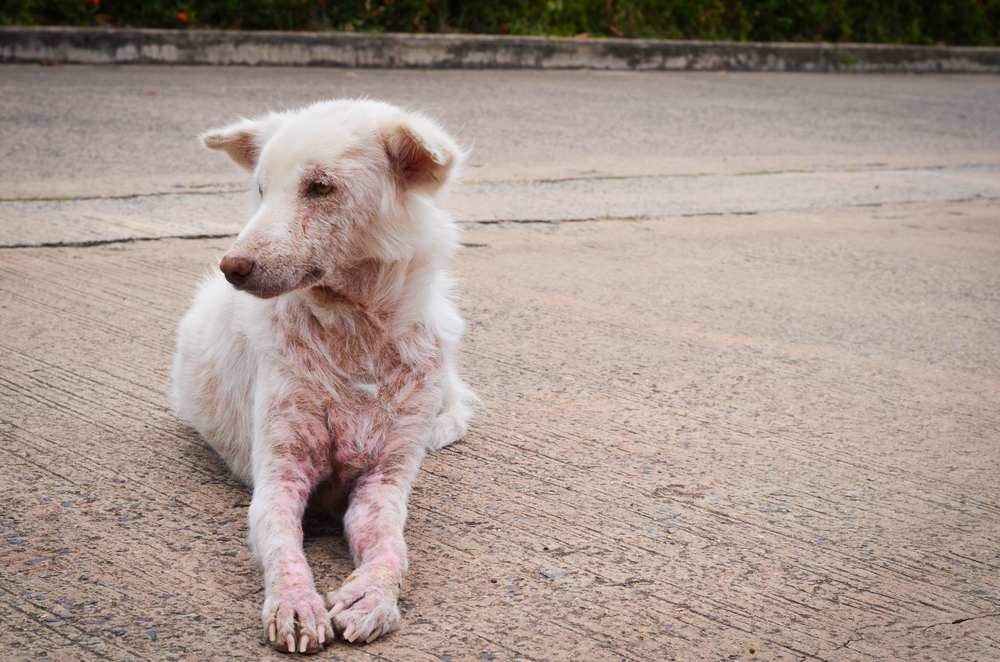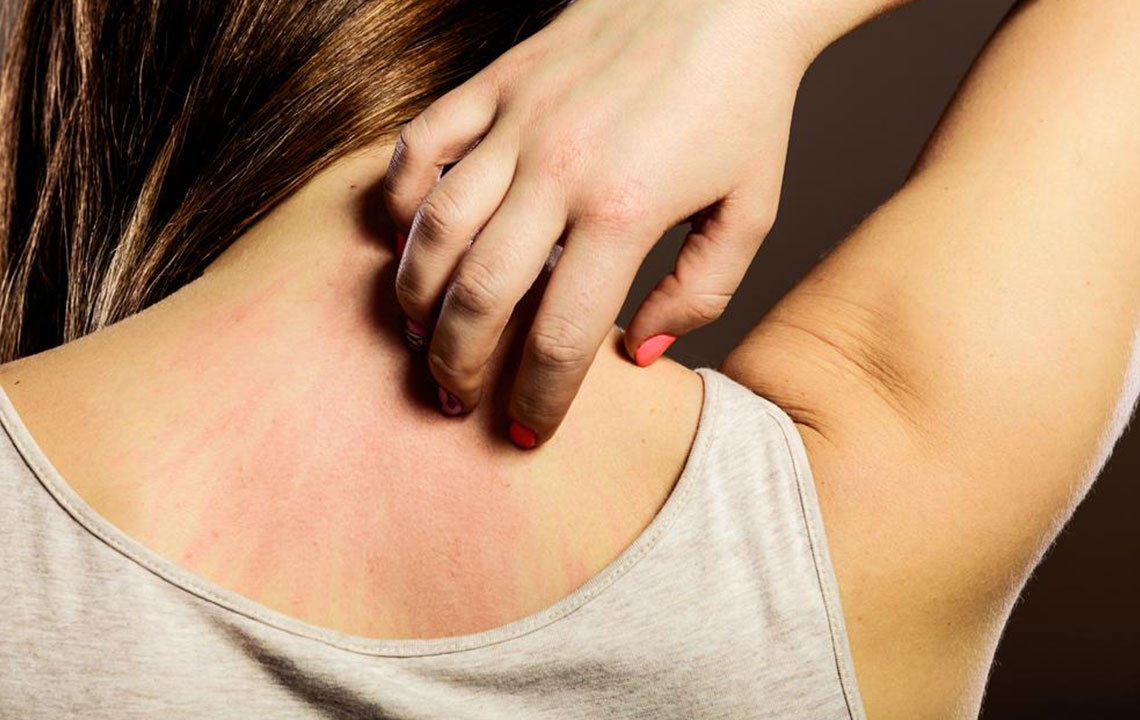Comprehensive Guide to Managing and Understanding Scabies Infestation
This comprehensive guide provides essential information about scabies, including causes, symptoms, and effective treatments. It highlights how the infestation spreads through close contact, describes typical rash signs, and emphasizes the importance of early diagnosis. With practical advice and online image references, readers can recognize symptoms promptly and seek medical help. Proper treatment options like topical creams and oral medications are discussed, ensuring effective management. The article aims to increase awareness and promote timely intervention to control the spread of this highly contagious skin condition.
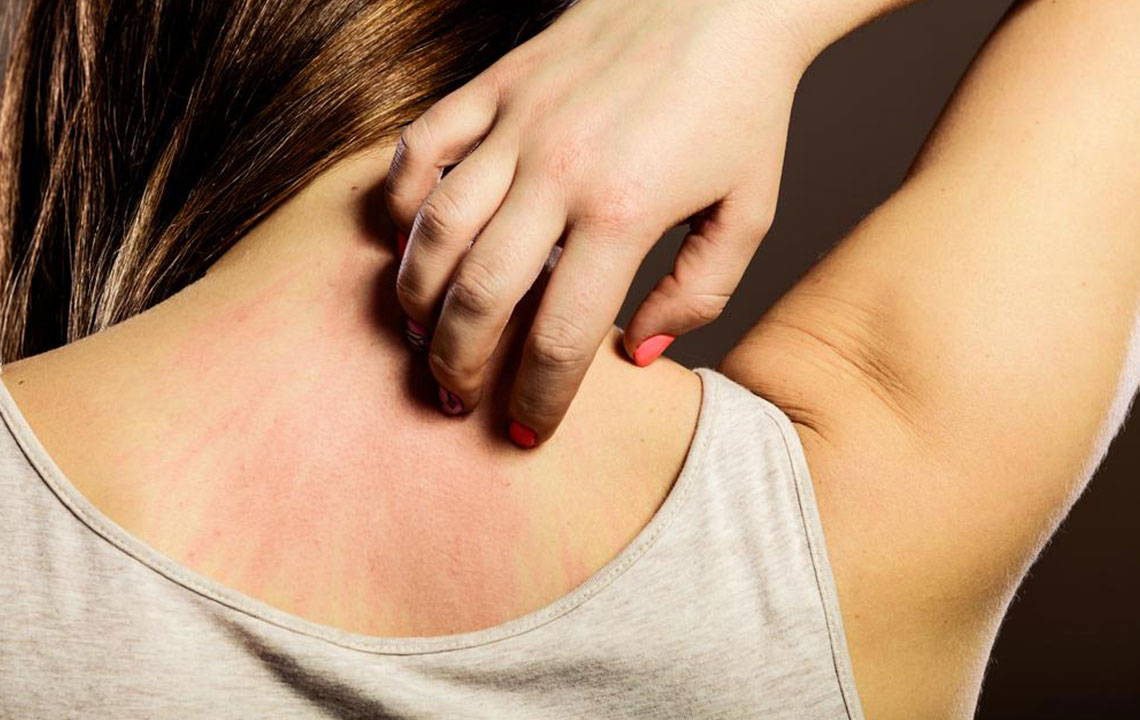
Understanding and Treating Scabies: Essential Information
Scabies is a contagious skin condition caused by the mite Sarcoptes scabiei. It leads to intense itching, especially at night, and spreads easily through close skin contact. These microscopic parasites create small burrows under the skin, making detection difficult without a microscope. They cannot jump or fly but survive in various temperatures, including colder environments. The infestation is common worldwide, affecting all age groups regardless of sex or race, with over 300 million cases annually. Recognizing symptoms and seeking proper treatment are crucial for effective management.
If you suspect scabies, examining online images of typical rashes can help confirm your concerns. The disease often spreads through skin-to-skin contact, including sexual activity, close family interactions, or caring for infected individuals. It does not spread through casual contact or shared clothing, but heightened awareness is essential. Early detection and intervention prevent further transmission and relieve discomfort. Noticing a rash or persistent itching warrants prompt medical consultation.
Identifying Symptoms
A scabies rash typically presents as small red bumps, blisters, or pimples, often in skin folds such as between fingers, on wrists, elbows, buttocks, genitals, or feet. In infants and children, common sites include soles, palms, neck, face, and scalp. The mites create thin, threadlike burrows visible as short lines that might be red, brown, or gray. These signs are often accompanied by intense itching, especially at night, which can be severe enough to disrupt sleep. Checking online images of scabies rash can help distinguish it from other skin conditions.
Other Indicators
Even if symptoms are not immediately apparent—sometimes taking up to two months to develop—the infestation can still spread unknowingly. The itching intensifies over time, becoming nearly unbearable at night. Scratching and infected burrows may lead to skin openings and secondary infections. Unlike eczema, which can also cause itching, scabies symptoms worsen significantly, impairing sleep quality. Recognizing these signs early through images or consultation assists in timely treatment.
Treatment Strategies
Effective scabies management involves prescription medications like permethrin cream, which should be applied overnight and washed off after a specified period, repeated over a week for best results. For children above two months, this is a safe option. Other topical treatments include crotamiton lotion and sulfur preparations. Oral medications like ivermectin are alternative options, especially for extensive infestations. Avoid self-medicating; always consult a healthcare professional. Relief typically appears within 7 to 15 days, but persistent symptoms require follow-up. Confirm diagnosis with online images if needed before seeking medical advice.

